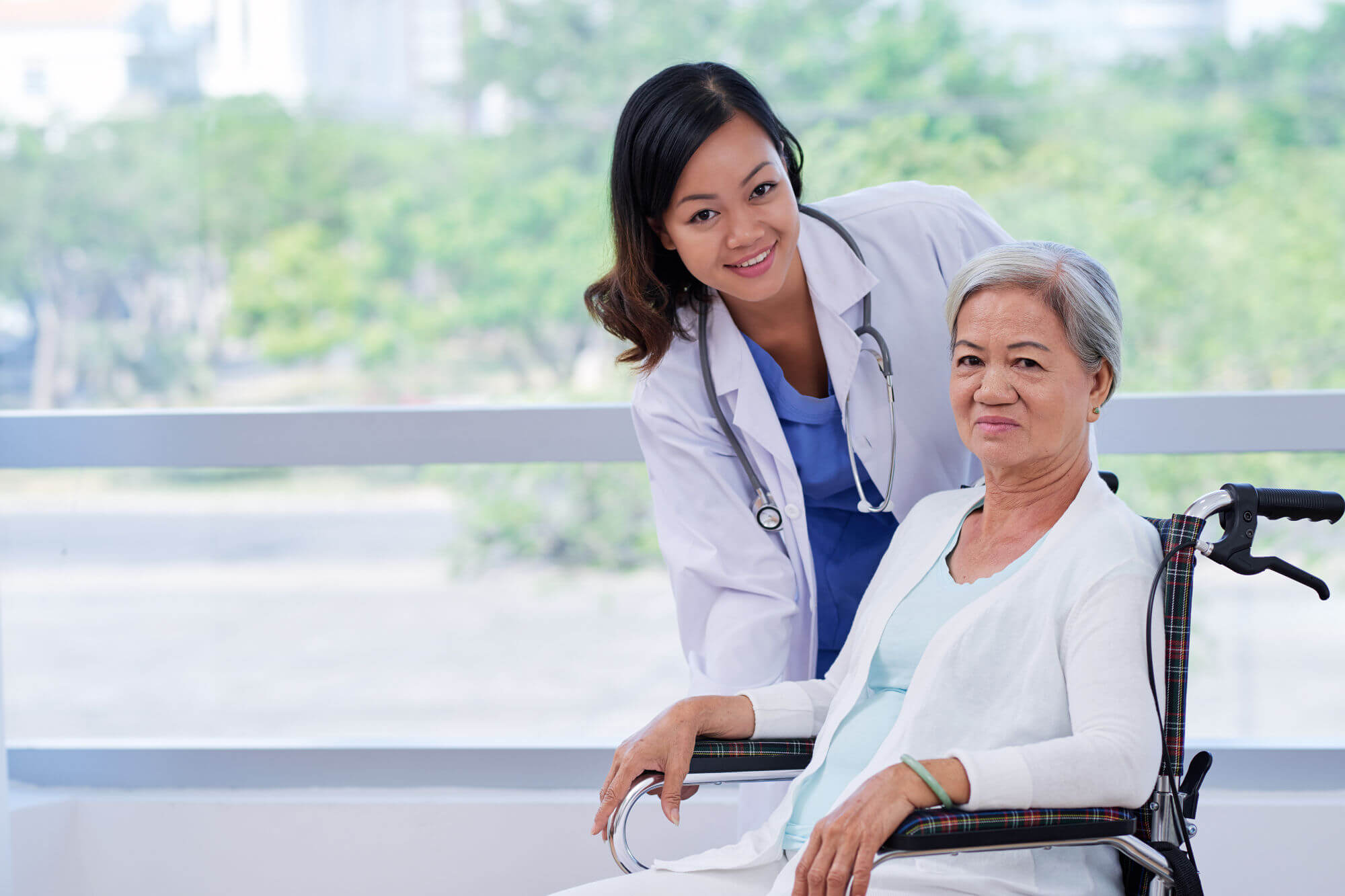Falls are not a normal part of the aging process. However, according to the Centers for Disease Control and Prevention, more than 25% of older adults fall each year.
These falls significantly impact post-injury quality of life and account for as much as $31 billion annually in direct medical costs.
It is estimated that 2.8 million older adults are treated in emergency departments for fall related injuries, which predominantly consist of broken bones or a head injury.
Head injuries are of specific concern, as older adults often take medications such as blood thinners, which can complicate a head injury with increased bleeding.
Additionally, the post-traumatic fear associated with sustaining a fall injury, even if an older adult who falls is not injured, can cause a person retreat from normal activity.
The cessation of activity out of fear of a repeat fall can lead to weakness, which in and of itself increases the risk of another fall injury.
Circumstances which can increase fall risk in older adults include weakness in the lower body, low Vitamin D, certain prescription and over the counter medications, poor vision, improper footwear or foot pain, hazards in the home or walking or balance difficulties.
The first step in addressing fall risk is older adults discussing any history of falls and the medications they take with their physician. Medications, such as sedatives, antidepressants, pain medications, muscle relaxants and certain over the counter medications can all increase fall risk.
Physicians can assess whether any Vitamin D deficiency exists and recommend supplementation and may also recommend strength or balance exercise or the referral to a physical therapist for additional treatments.
Older adults should also have a vision screening at least once a year and eyeglasses should be updated as needed.
The fall risk at home can be reduced by the elimination hazardous clutter from walkways, removal of loose throw rugs, installation of better lighting or brighter light bulbs and the addition of grab bars around the shower and toilet.
In addition, older adults should be wear sensible footwear that provides good stability, especially in poor weather conditions.
With proper assessment and education fall risk can be minimized and serious complications avoided.
DISCLAIMER: The information contained in this article is intended solely for the general information for the reader and is not intended to be a substitute for professional medical advice, diagnose health problems or suggest any treatment. It is not a substitute for medical care provided by a licensed and qualified health professional and does not create a physician-patient or pharmacist-patient relationship. Please consult your health care provider for any personal medical advice.

